
Whether you have one week or five weeks left of school, we are all looking for fun, engaging lessons for our elementary music students! In Michigan, our year ends the second week in June and May is our testing month. I have the great fortune of having my room far removed from the rest of the building, so we drum in May! I don’t know a student who doesn’t love to drum. So let’s get those drums out!
Warming Up
We warm up by reviewing hand strokes and echoing a variety of rhythms. I emphasize that students need to not only listen to the pattern, but also watch the strokes I use on the drum. The first few lessons, I go around the circle and have every student play a rhythm pattern for me, checking to make sure they are matching the drum stroke as well. (In case you are wondering – open stroke is fingertips on the edge of the drum and closed stroke is palm in the center of the drum.)
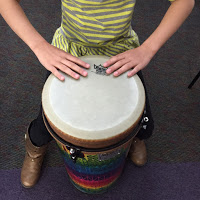
Hand position for high tone
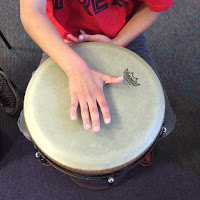
Hand position for low tone
Improvising on the Drums
After we’ve echoed patterns, we work improvising patterns. I give the students 2-3 minutes to come up with a few rhythms they feel comfortable playing in front of each other. Each pattern is supposed to have 4-beats, but what comes “between” those beats is up to them. After they have had a chance to rehearse, we go around the circle. I play a pattern, then the student next to me plays, then I play, then the next. Every child performs a pattern. If they get nervous, I give them a “safe pattern” to play – four beats.
As each child performs, the rest of the class has a job too. They can: listen for sameness/differences in our two patterns, they can count to ensure the performer has in fact included 4-beats in their pattern, or they can translate my pattern or the student’s pattern using rhythm solfege. Either way, EVERYONE has a job to do while an individual performs. Brilliant, right? When we’re done, we debrief: what did they notice? Was hand position good? Did people use 4-beats in each pattern? What rhythms did they hear? Were they basic quarter-note/eight-note patterns, or did people use other, more complex rhythms.
Interactive Drumming Games
From there, one of my students’ favorite things to do is play an interactive game called “Drumming Up Some Fun.” They get to click on a drum ensemble (much like themselves). Each click reveals a rhythm pattern to read first, then play! Two of the choices have either “DRUM JAM” or “IMPROVISE” as their selection. My students love finding them in the game because they get 90 seconds of jam time on the drum. There are two levels to the game, so older kids can read and perform more complex rhythms.
Beginning Drum Ensembles
If my students complete that, we move on to beginner drum ensemble pieces. I created a bunch of beginning pieces so my students could learn the basics of drum ensembles. They learn about the “energizer” rhythm – the one that keeps the group together as well as complementary rhythms that play off of each other. We also play with rhythm puzzles and the students create pieces of their own to perform in class. Either way, my students are having a BLAST performing, reading, and arranging their own drumming pieces.
There is so much depth and richness in drumming with students. Beyond the music concepts covered, it’s a great way to promote synergy and teamwork among students! Drumming is truly a favorite activity in my music room!
Do you have a favorite drumming activity, tip, or trick? Share it with me in the comments below!

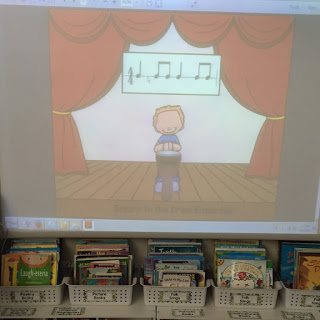
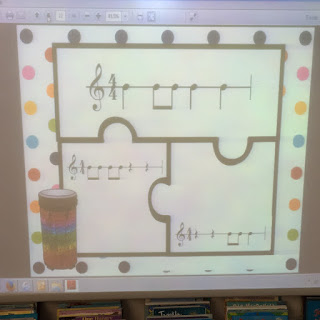



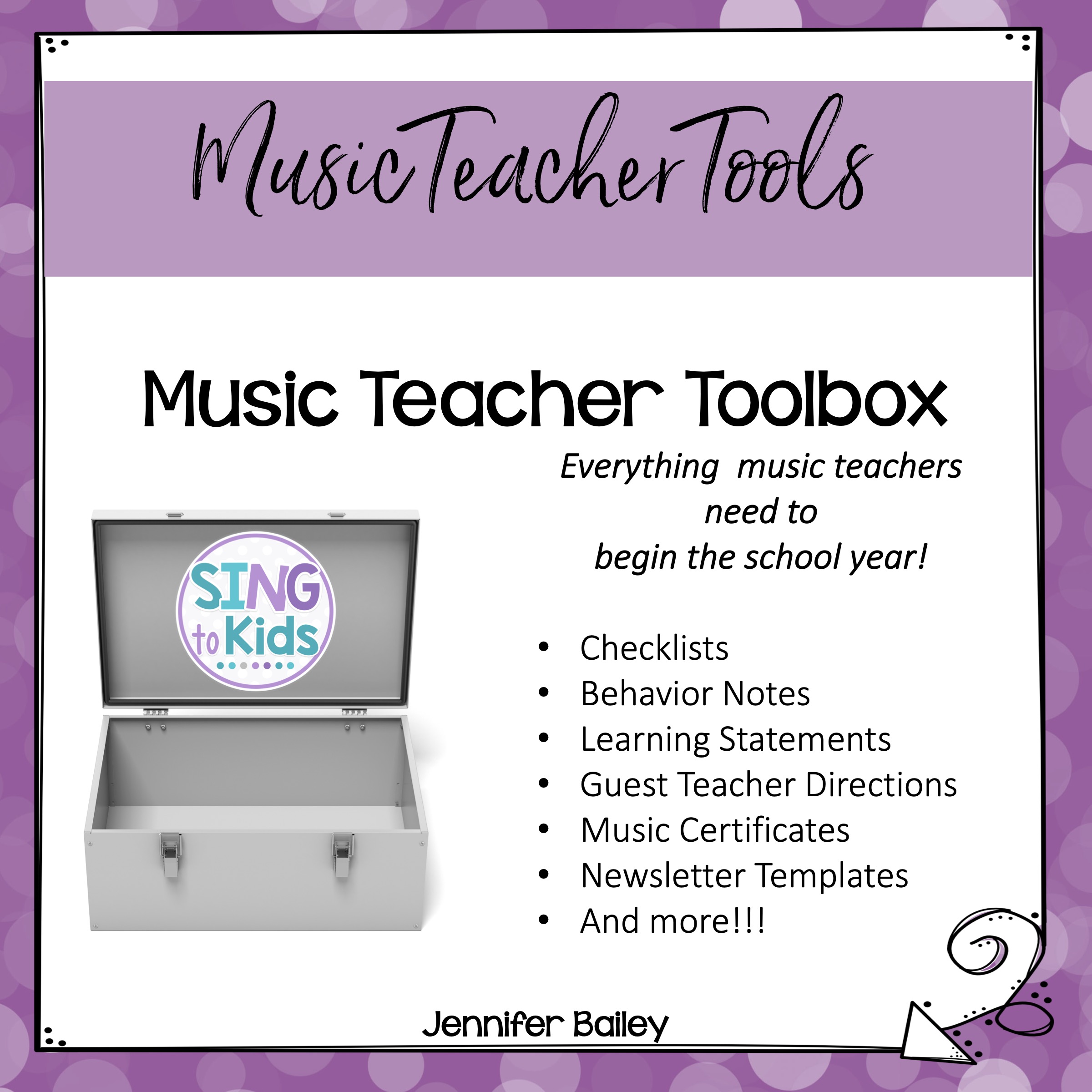

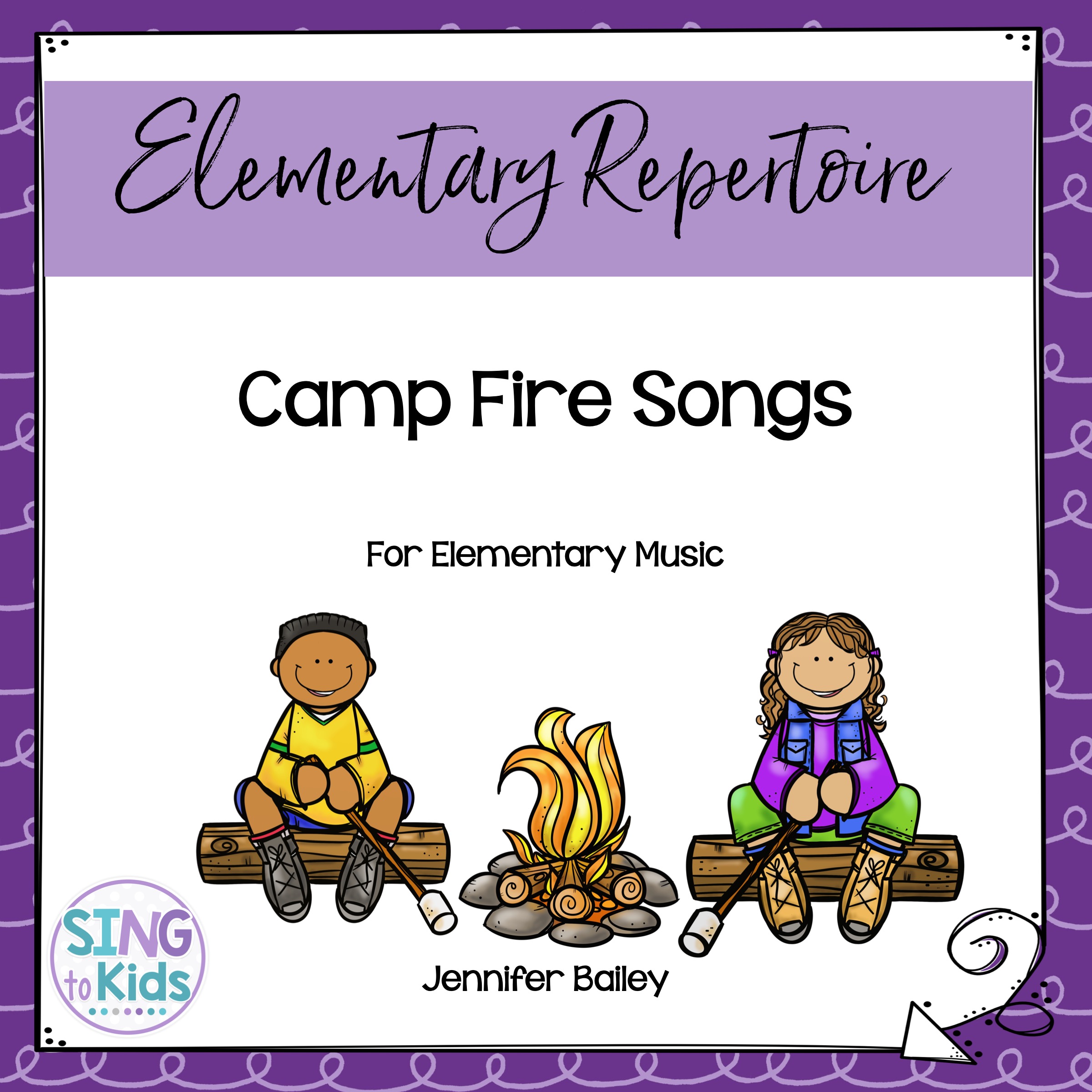
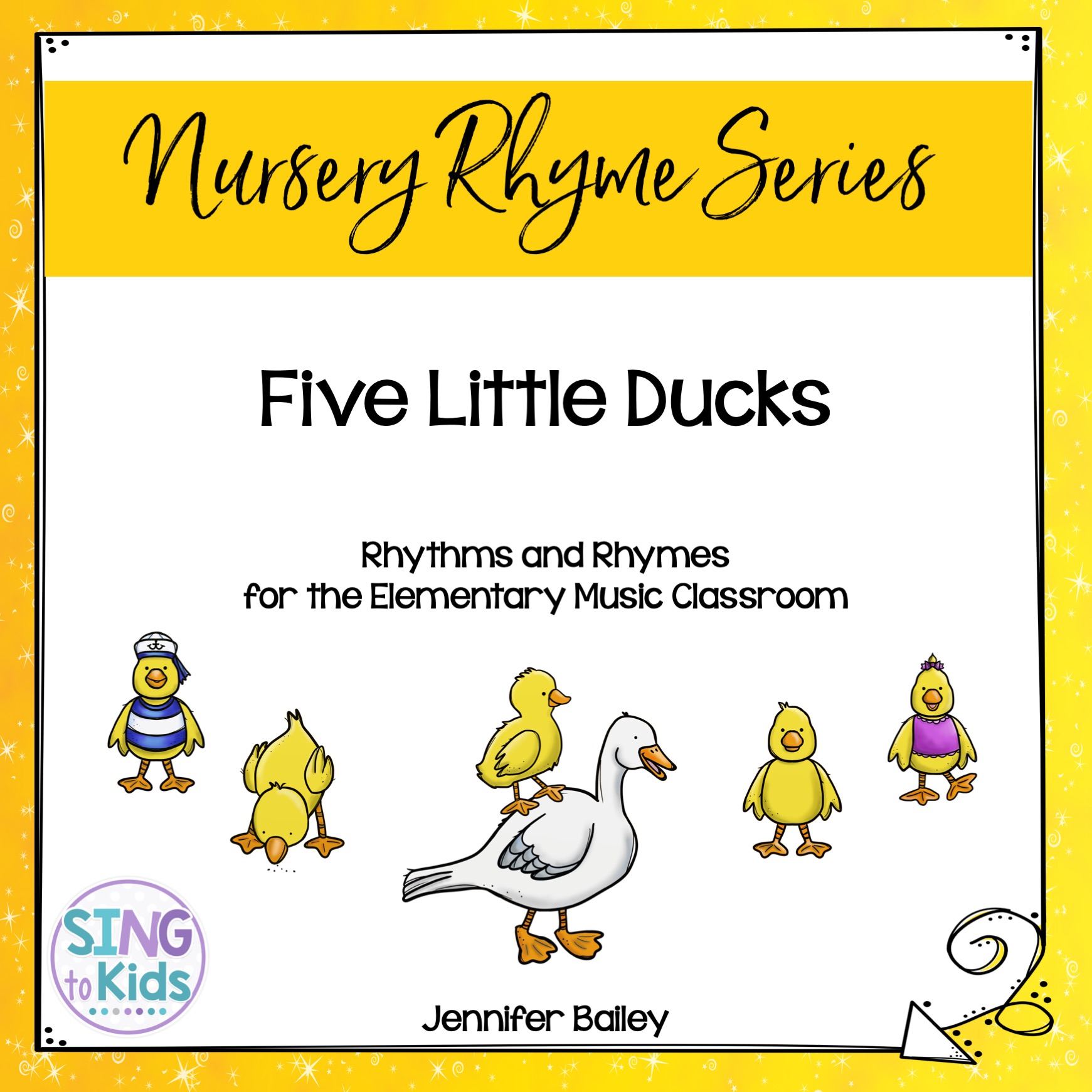
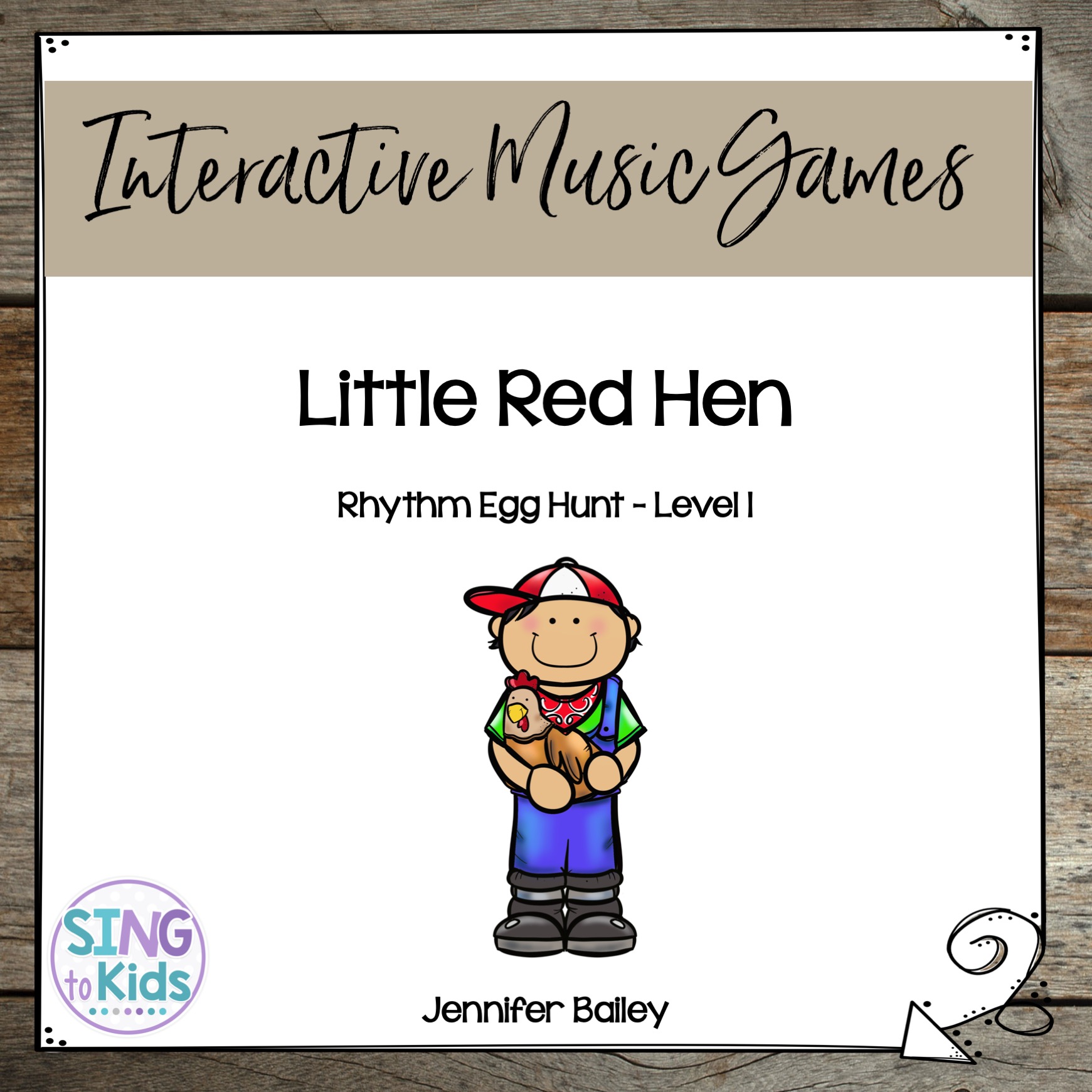
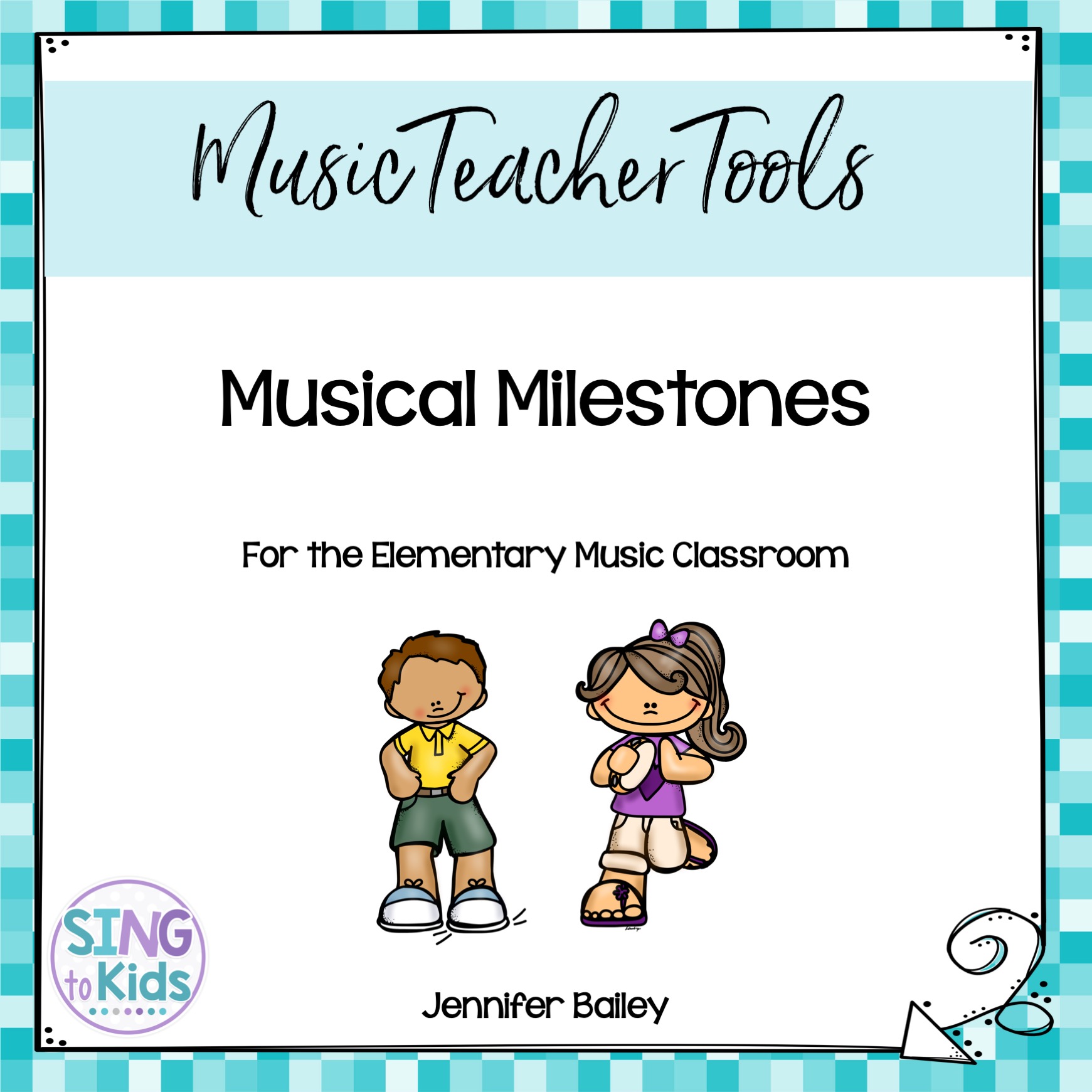
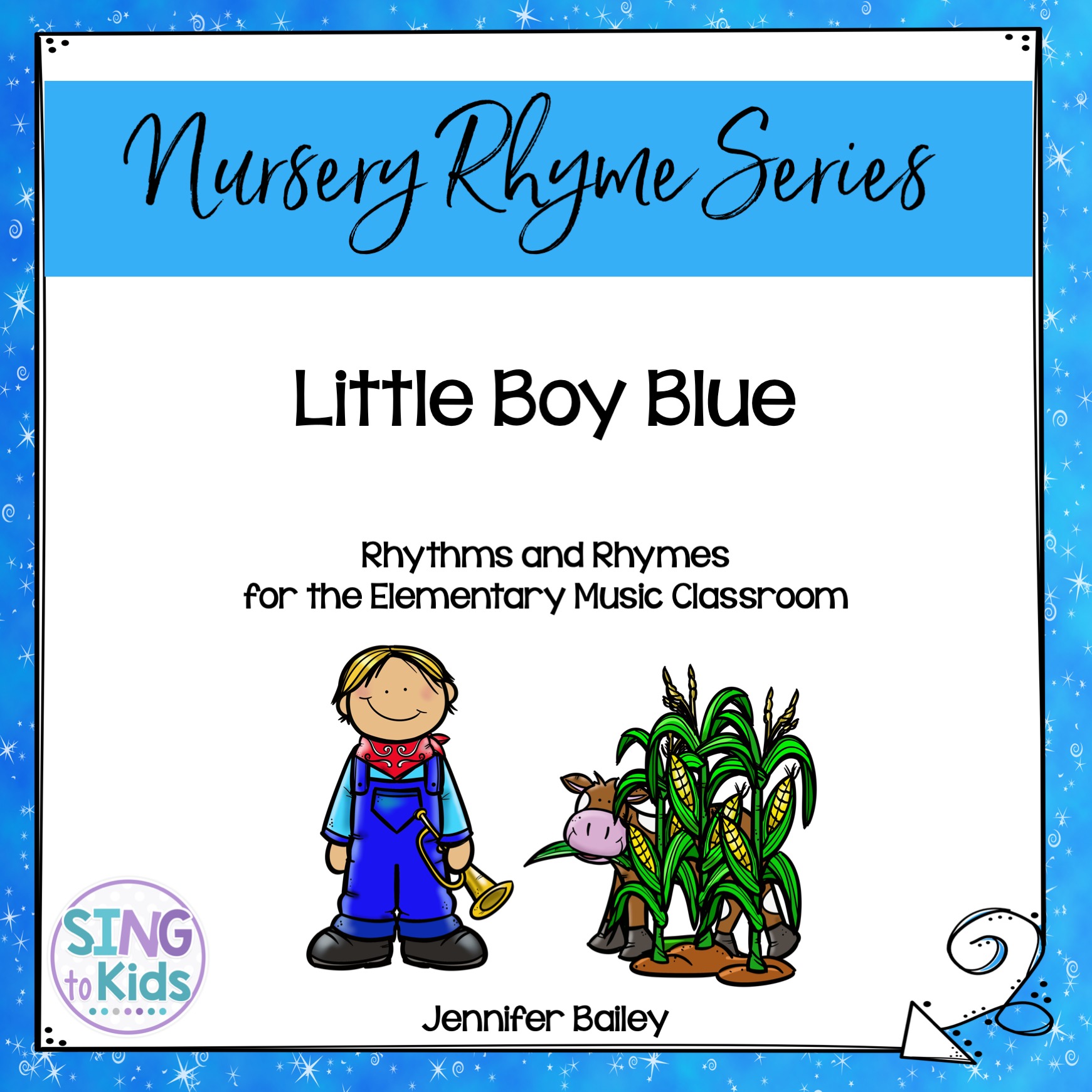
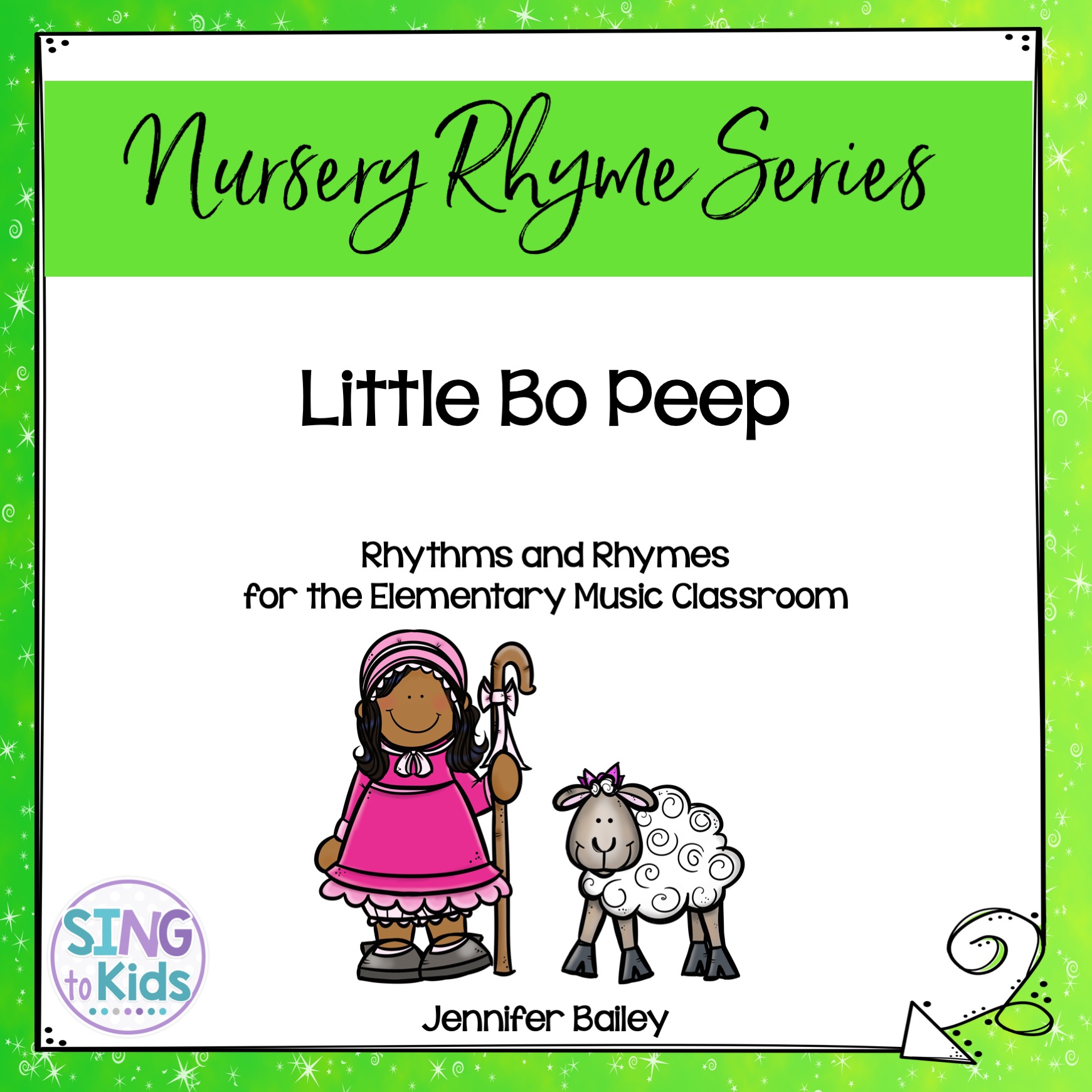
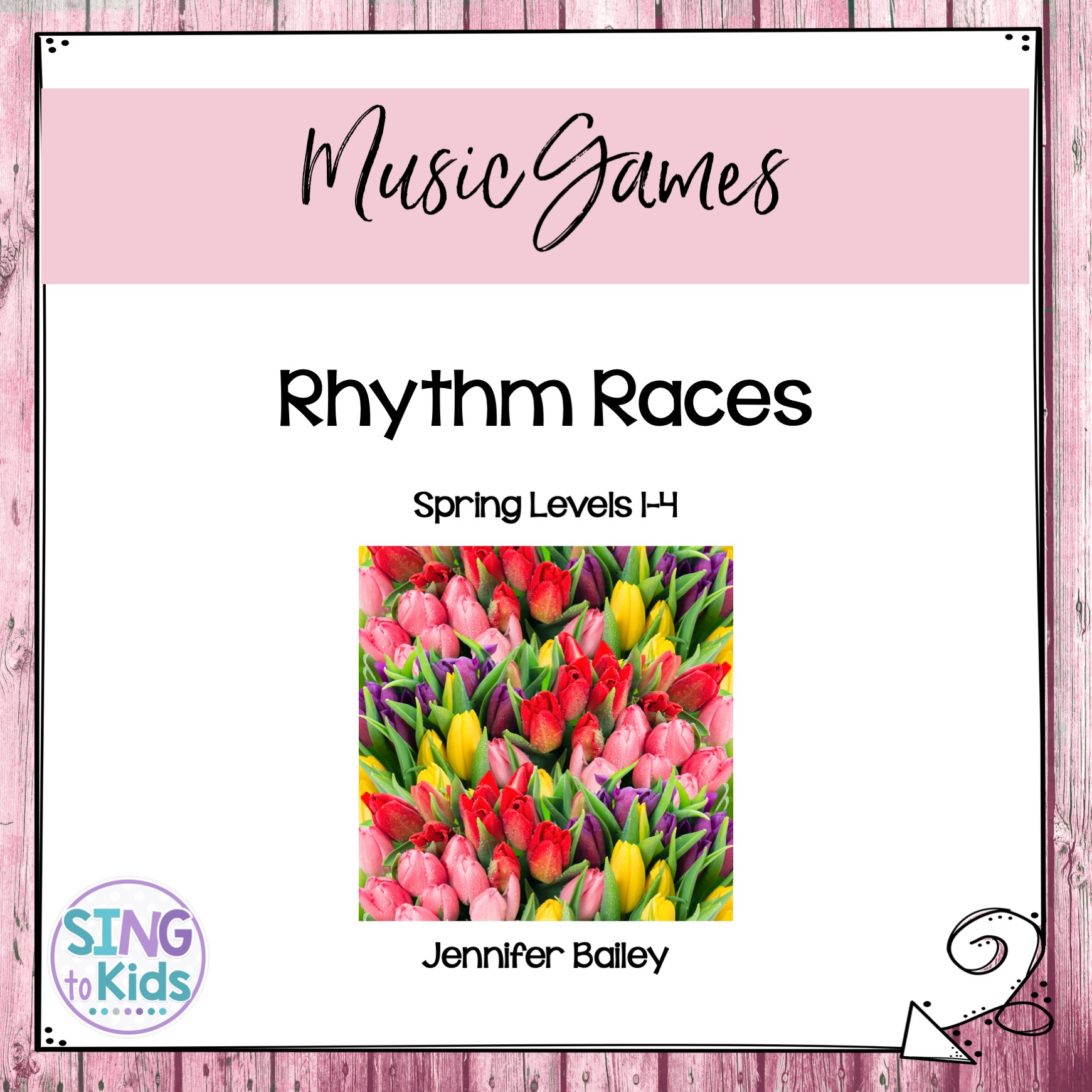
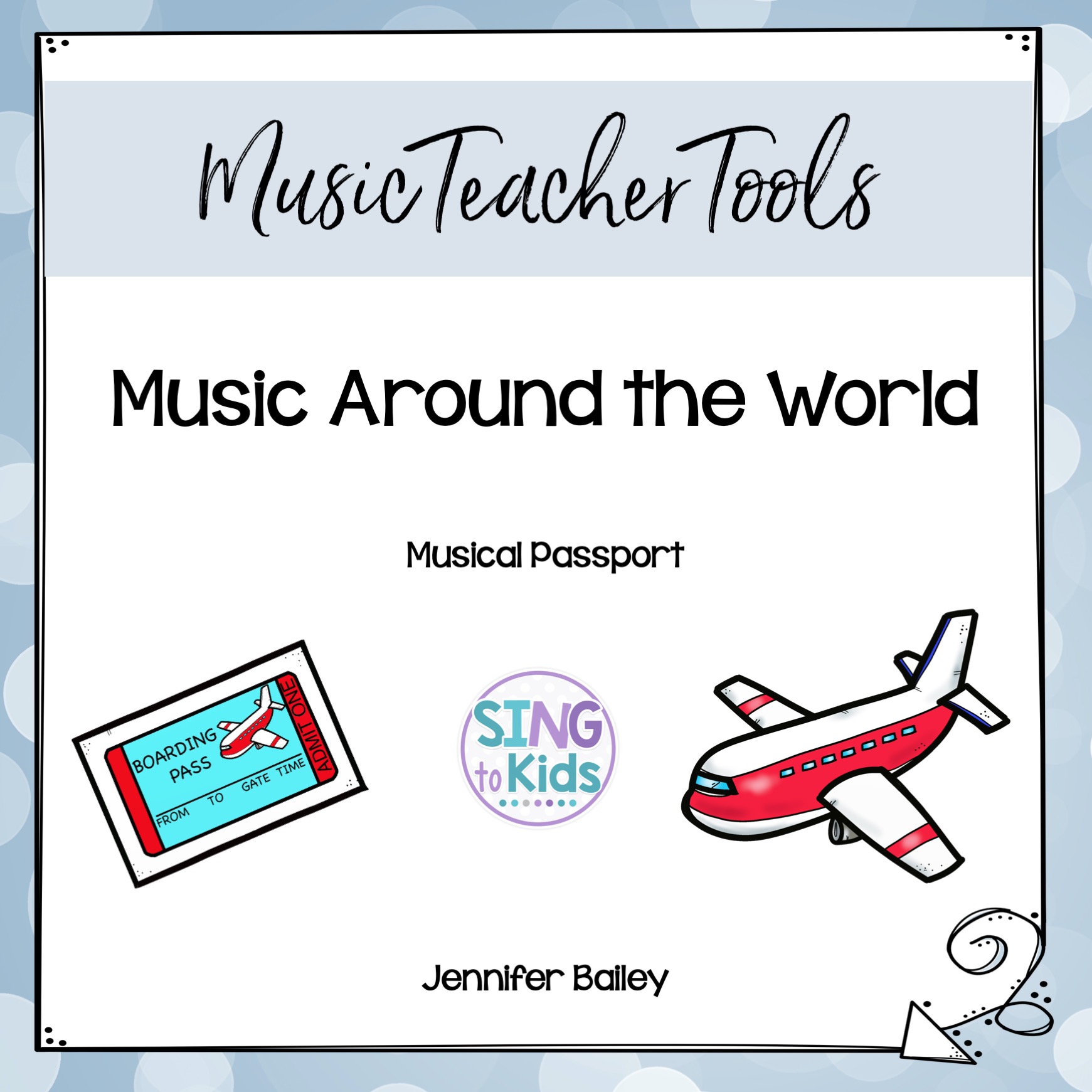
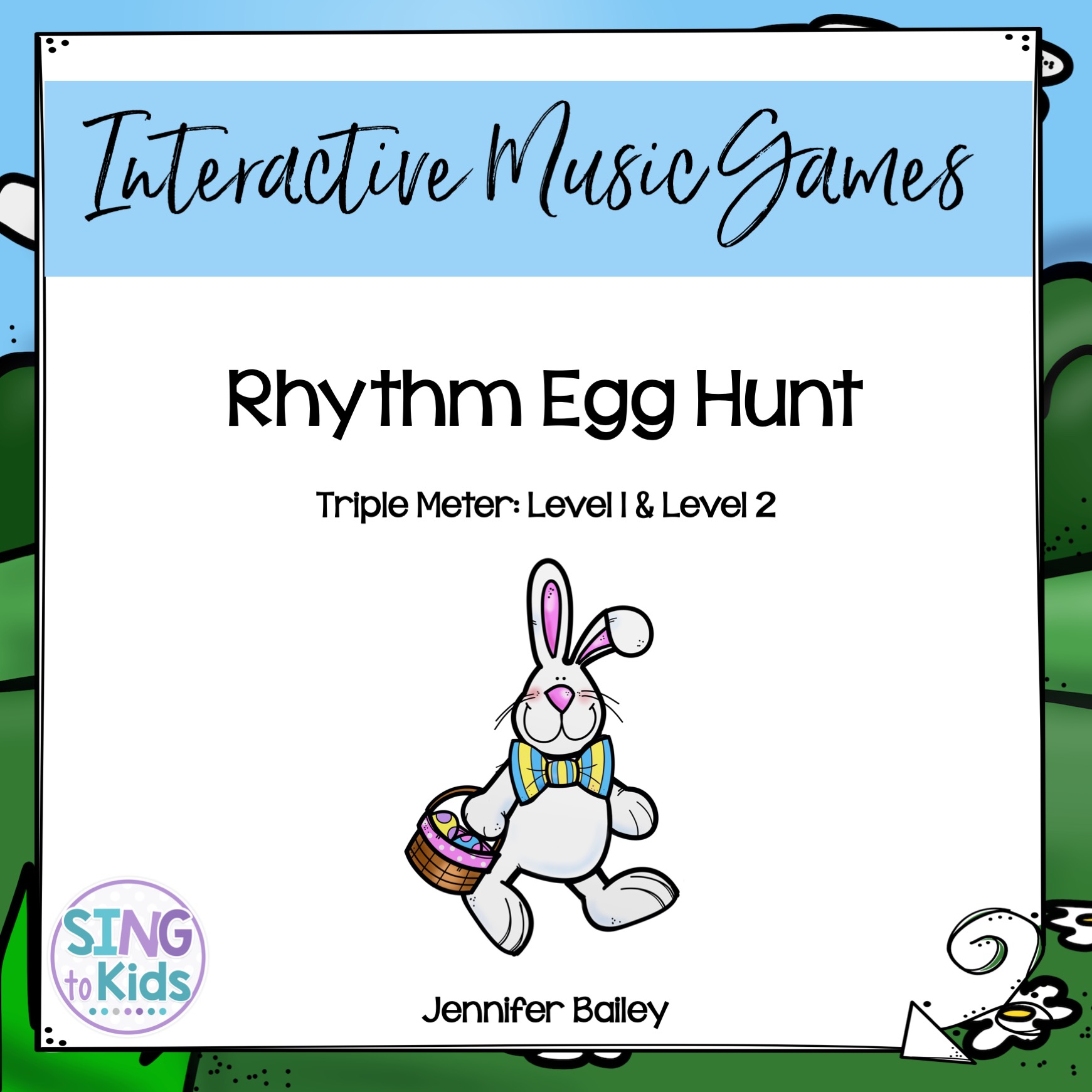
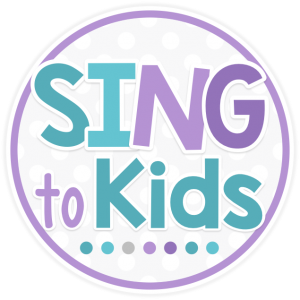

Hi Jen! Thank you for all of these ideas! I am beginning a new 3rd grade drum unit, and they are very helpful!
Thanks so much Julie! I love drumming with my students!